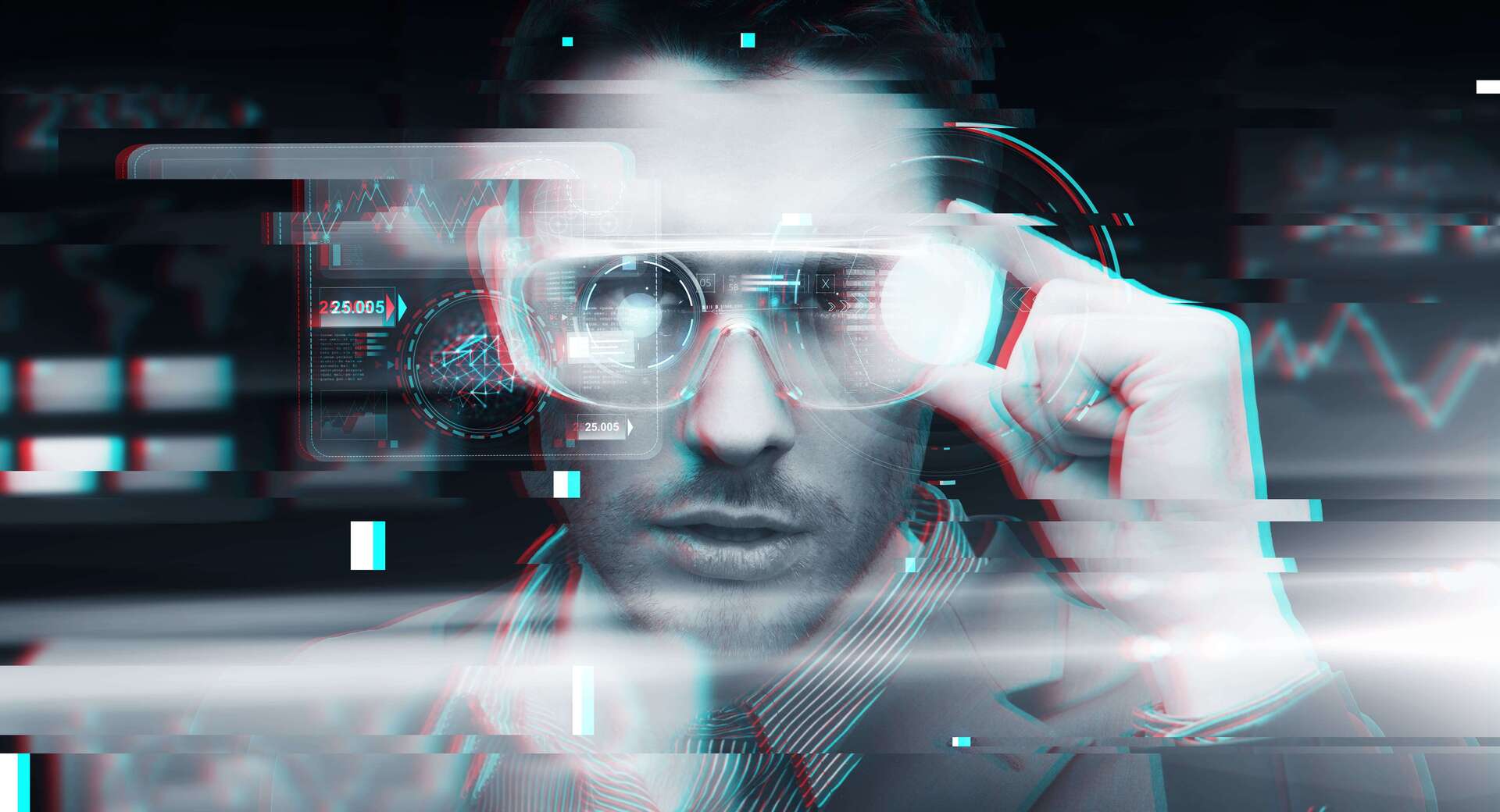
FAQ About Augmented Reality
Augmented Reality
2 years ago | gizem
Can Augmented Reality be used for training and simulations?
Yes, Augmented Reality (AR) is well-suited for training and simulations across various industries. It offers unique advantages by providing immersive, interactive, and realistic experiences. Here are some examples of how AR can be used for training and simulations:
- Professional Skills Training: AR can simulate real-world scenarios to train professionals in various fields. For example, it can simulate medical procedures for doctors and surgeons, allowing them to practice surgeries in a safe and controlled environment. Similarly, AR can simulate hazardous or high-stress situations for firefighters, police officers, or military personnel, helping them develop critical decision-making skills.
- Equipment Operation and Maintenance: AR can provide step-by-step guidance for operating and maintaining complex equipment. By overlaying digital instructions, annotations, or animations onto physical devices, AR can guide technicians or operators through procedures, minimizing errors and reducing training time. This is particularly useful for industries such as manufacturing, aviation, or automotive.
- Industrial and Technical Training: AR can assist in training for industrial or technical skills, such as assembly line processes, machinery operations, or equipment troubleshooting. By overlaying instructions, visual cues, or real-time data onto physical objects, AR can guide trainees through complex tasks, ensuring accuracy and efficiency.
- Safety Training: AR can simulate hazardous or emergency situations to train individuals in safety protocols and procedures. It can create virtual environments that mimic real-world hazards, allowing trainees to practice responding to emergencies, evacuations, or critical incidents. AR can also provide real-time feedback and assessment of safety skills.
- Soft Skills and Customer Service Training: AR can be used to develop soft skills, such as communication, customer service, or sales techniques. Through interactive scenarios and virtual characters, trainees can practice interpersonal skills, handle difficult situations, and improve their interaction with customers or clients.
- Virtual Prototyping and Design Review: AR enables designers and engineers to visualize and evaluate virtual prototypes in real-world contexts. By overlaying 3D models onto physical spaces, AR allows stakeholders to assess designs, make adjustments, and validate concepts before physical production. This accelerates the design iteration process and reduces costs.
- Remote Collaboration and Training: AR facilitates remote collaboration and training by connecting individuals from different locations. Participants can use AR devices or applications to share their perspectives, provide guidance, or receive training remotely. This is particularly beneficial for organizations with distributed teams or when travel is impractical.
